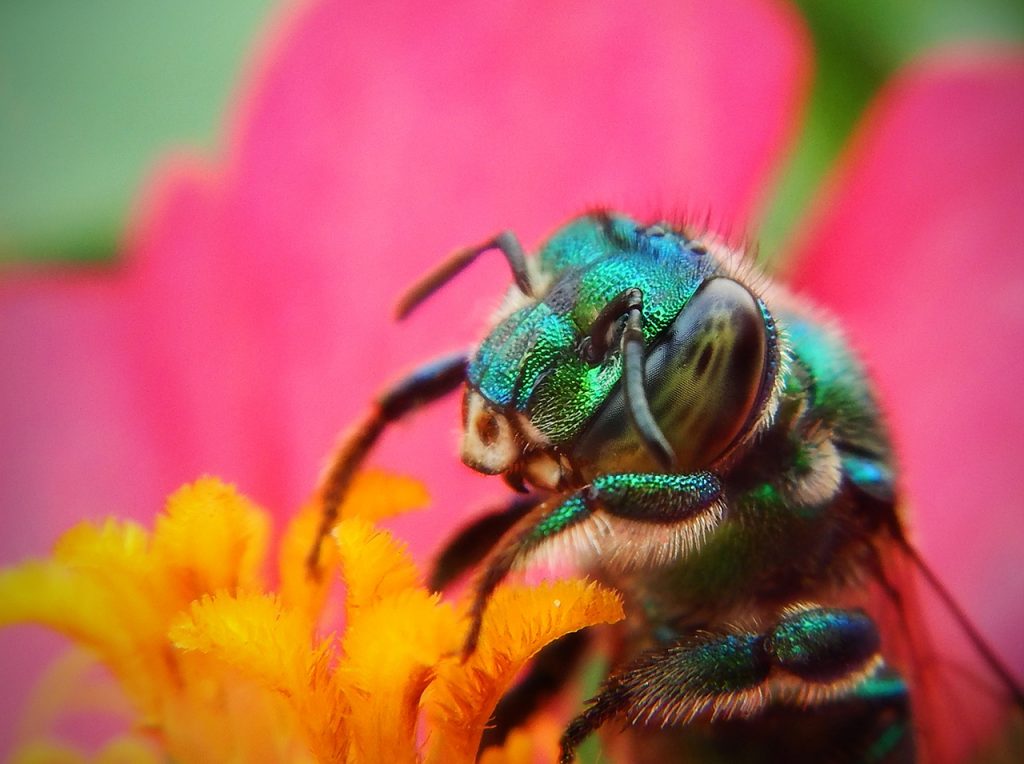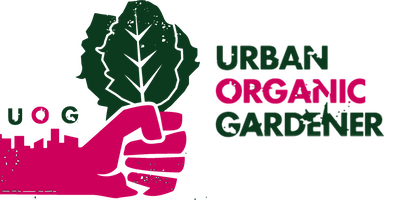
Habitat gardens are purposeful, planned and planted areas that support our native flora and fauna ecosystems. These gardens follow a few steps that promote healthy life cycles for pollinators and create pockets or bridges that help connect the fragmentation of our natural areas.
In all geographic areas, plant, animal and insect species evolved together over millennia. They support each other and keep our natural world functioning and in balance. Introduction and spread of non-native plant and insect varieties have been systematically endangering our original, native plants and pollinators. Pesticides, urban sprawl, improper land and watershed practices further impact and destroy necessary areas for native plants and creatures to flourish. These factors contribute to what is known as habitat fragmentation in local ecosystems.
Everyone can make a habitat garden. Each garden promotes pockets and bridges that encourage plant and pollinator activities and sustainability. Habitat gardens can be as small as a well-planned container planting or as large as acres of purposefully planted meadow and everything in between. Some examples to get you thinking include a dedicated raised bed, curb planting, front or backyard bed that reduces lawn area, pollinator planting row between rows of a vegetable garden, native flowering shrubs for a hedge, or a section of bee lawn. Using native plants and a variety of pollen- and nectar-producing flowers are beneficial.
READ THE FULL ARTICLE: Ellwood City Ledger




















